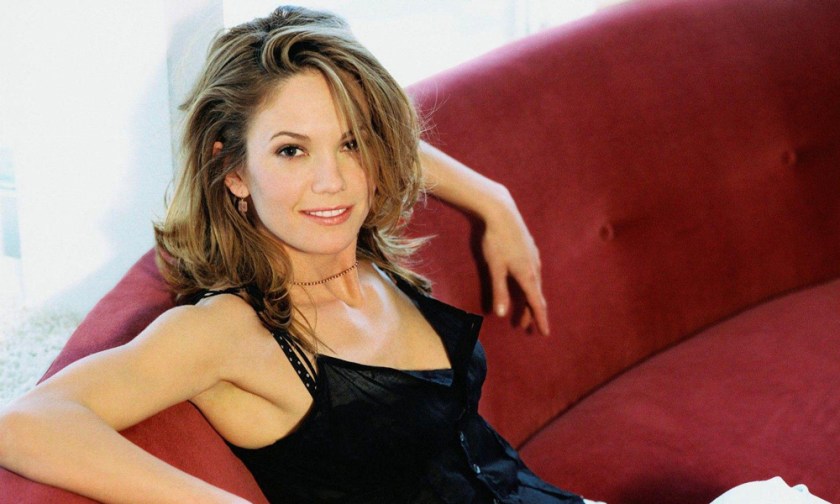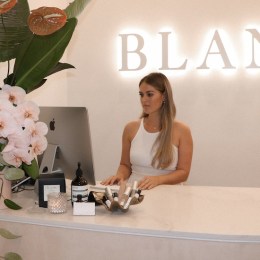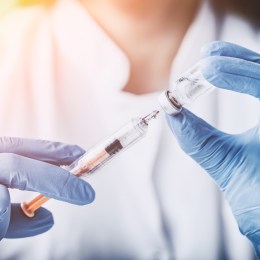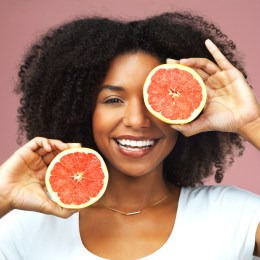The age of anti-ageing is drawing to a close. Don’t panic – age-related cosmetic concerns are still the top priority for today’s aesthetics consumer.
However, more and more people are finding the term “anti-ageing” to be at odds with their personal values and goals. Offensive, even.
“Anti-ageing” was a genius marketing strategy developed around 30 years ago to spruik the new generation of cosmeceutical skincare, injectables and device technology that could deliver remarkable, visible rejuvenating results.
The new age of aesthetics is Age Management.
One of the first stories I wrote when I joined the SPA+CLINIC team 3.5 years ago was about “Flat Agers” (identified in 2014 by London-based international trend forecasting agency The Future Laboratory; members of the Baby Boomer generation, born immediately post-World War 2 through to 1960- 64 or thereaboutst; people who won’t accept ageing in the way of previous generations) and “marginalising them at your peril”.
To illustrate the theme I called on my girl crush, actress Diane Lane (pictured top), as I am now. She (rather, what she represents) is even more relevant now.
Her career began as a child acting prodigy. But it really got going as a Flat Ager – Diane became the actress to hire if a director needed a sexy, but emotionally complicated, depiction of a woman in early middle age. Think Unfaithful, Under the Tuscan Sun, Fierce People, Must Love Dogs, Hollywood Land and Nights in Rodanthe.
“I peaked [emotionally] at 38,” Diane says. “And these days I think late 30s is the new 25.”
Says The Future Laboratory*’s Chris Sanderson: “The future of your business is Flat Agers. They count for a colossal chunk of the consumer landscape, with lots of disposable income. And they have time to spend it.
“The average life expectancy in OECD countries has risen to 80 and, as fertility rates drop in much of the Western world, the proportion of people over 60 is projected to reach 34 percent of the population in developed regions by 2050, according to the United Nations.
“Recent research shows we’re coming to the point when the age pyramid (which illustrates that we’ve always had a greater number of young people than old) is turning into a rectangle.
“The fact that in 2060 there will be nearly as many US citizens over the age of 85 as under the age of five shows just how significant this is for brands and businesses.”
Thus … “Age Management is a more appropriate term to describe the category and better reflects consumer sentiment as consumers are now embracing their age,” Jamie Mills, an analyst for Canadean market research, told the In-Cosmetics global conference in Paris. “Perceptions of age are changing. Why should consumers be `anti’ age?”
Market Reports World, market research report sellers, suggested in an online story that beauty companies need to start adapting their messaging to changing consumer attitudes.
“At the In-Cosmetics conference, Antoinette van den Berg, founder of Future Touch, declared that `old’ will be `cool’ in the future,” the MRW story stated.
“How the beauty industry interprets this will be of key importance to the future success of the category.
“Loss of consumer trust should be addressed with a more positive approach focusing on the use of beauty products to boost self-esteem and to achieve healthy-looking skin through sun protection and good nutrition.”
To further support this, technology giant Phillips’ second Global Beauty Index, a report using the data of 11,000 women in 11 countries, found that 54 percent of women believe the beauty industry puts too much pressure on women to look a certain way and that brands using a celebrity ambassador can appear untrustworthy to customers.
Phillips hosted a panel to discuss the report’s findings. It agreed that there is too much exposure from print, online and social media, and that the “Kardashian effect” has made it harder for women to keep up with trends and unattainable beauty standards. Equally that “bought” coverage has led to mistrust.
So what does this mean for you and your team? In essence, mind your language. A good proportion of your cashed-up clientele will be over 40. They don’t hanker to look 20- or 30-something. They’ve been there, done that. They want to be the happiest, healthiest and most youthful (as opposed to young) versions of themselves as possible.
In Australia, 50–69-year-olds have four percent of the nation’s net wealth, with the average Boomer household worth more than $1 million, according to digital agency Mi9.
Diane Lane represents the ethos of Flat Agers. It is a generation of women (for the sake of this article) who have been in the workforce longer than ever before, demand to be seen as “still relevant” and have disposable income they are willing to invest in their appearance. How you “speak” to these clients, then, is crucial to your success.
“Baby Boomers are still battling with the `ageing gracefully’ mantra of previous generations in the sense there is a new meaning to the term,” says Nicole Bell, internationally renowned nurse injector and founder of Face Today clinics in Sydney and Cairns.
“It now entails, if that is a person’s choice, preventative and corrective treatments to restore and maintain the physical appearance of youthfulness.
“Movie stars are setting expectations of an ageless society, as they have the funds, time and necessity to get and keep `the look’. Their livelihoods depend on it. But it has as sociological knock-on effect.
“People in middle age are, therefore, most often the ones seeking the medical edge of beauty. Handled badly, the consultation process can leave this demographic feeling flattened and depressed.
“We have had clients come to us for another opinion because they were devastated by another clinic’s assessment. Effectively they say to us, `Am I that bad?’.
“As a result we have a formulated a series of questions for a first consultation that facilitate easy discussion.
“In a conversational manner we get to know the patient, their fears and concerns, their journey in life so far, the reason they have been motivated to walk into our clinic(s). That can be a huge step in itself.
“Most importantly, we acknowledge clients’ amazing natural assets, their signature features and the genetic blessings they have inherited. “We then explain the ageing process and get them excited about the self- enhancement journey they are about to undertake.”




